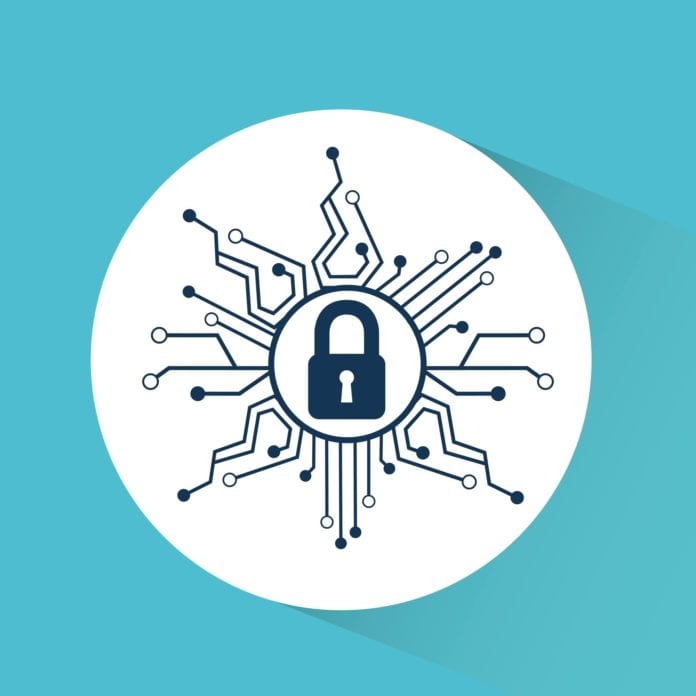CloudPassage launches Container Secure
Cloud storage and security provider CloudPassage unveiled an encompassing set of automated compliance and controls for containers dubbed “Container Secure” today. The solution covers five key elements of container security, including host security, continuous image assurance, runtime configuration assessment, visibility and compliance, and DevOps ecosystem integration.
Containers have taken the telecom industry by storm. The lightweight technology represents a way to package a large scale, monolithic code into bite size, isolated environments, allowing software developers to launch multiple applications on a single operating system (OS). However, since containers share the same host OS, it is easier for hackers to gain access to the whole system in comparison to hypervisor-based platforms. According to the 2017 edition of the Portworx Annual Container Adoption survey, approximately 32% of responding companies spent $500,000 or more per year on license and usage fees for container technologies, an increase of 5% from the year before.
“Containers are exploding in popularity because they’re fast and efficient,” Alok Ojha, senior director of products at CloudPassage, told RCR Wireless News. “While security is just as important as it is for virtual machines, securing containers requires a different approach. Because containers run on a shared host and typically use multiple components to deliver a complete solution, there are many considerations that are required to secure container environment.”
What makes Container Secure unique, according to the company, is it is the only solution on the market that secures all three container environments, including container images, running containers, and the container engine and host. “Securing the containers and images without securing the host is like building a strong house on quicksand,” added Ojha. “Securing the host without properly securing the containers is like building a house on rock, but leaving all the doors open with a big sign out front that says ‘Please rob me, thank you.’ Due to the multiple layers of security required, a set of automated compliance and security controls are essential.”
The solution is included as a core component of the CloudPassage Halo, a workload security platform that provides on-demand delivery of security controls across data centers, private and public clouds, virtual machines and containers. According to the company, CloudPassage Halo set the standard for cloud workload protection platforms, automating the security of virtual machines and hosts across private cloud, public cloud and datacenter environments for the Fortune 1,000.
“Today, CloudPassage Halo is used by leading digital enterprises that are deploying virtual machines across cloud infrastructures and data centers at speed and scale,” said Ojha. “Containers and its ecosystem represent an entirely new attack surface that is disrupting security and compliance processes as they are gaining rapid adoption. Our customers need one platform to protect both hosts and containers running on them, and we are now able to deliver that with CloudPassage Container Secure.”

